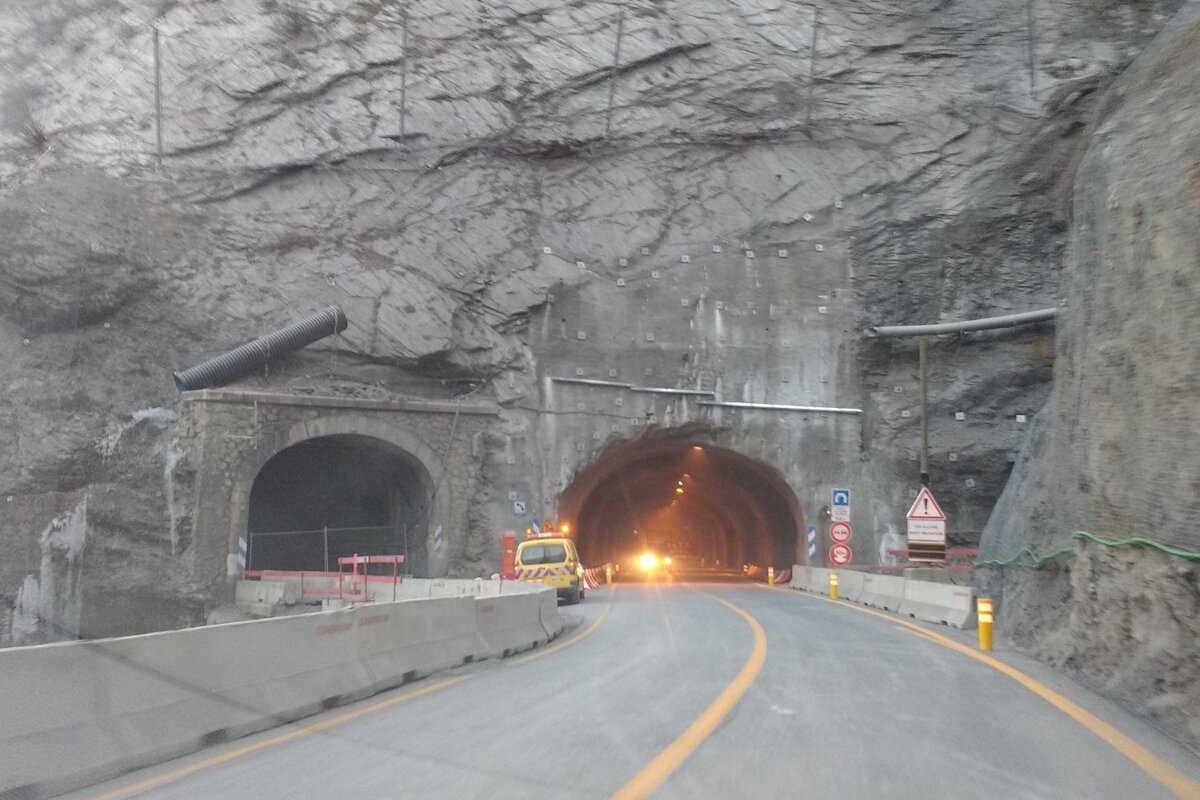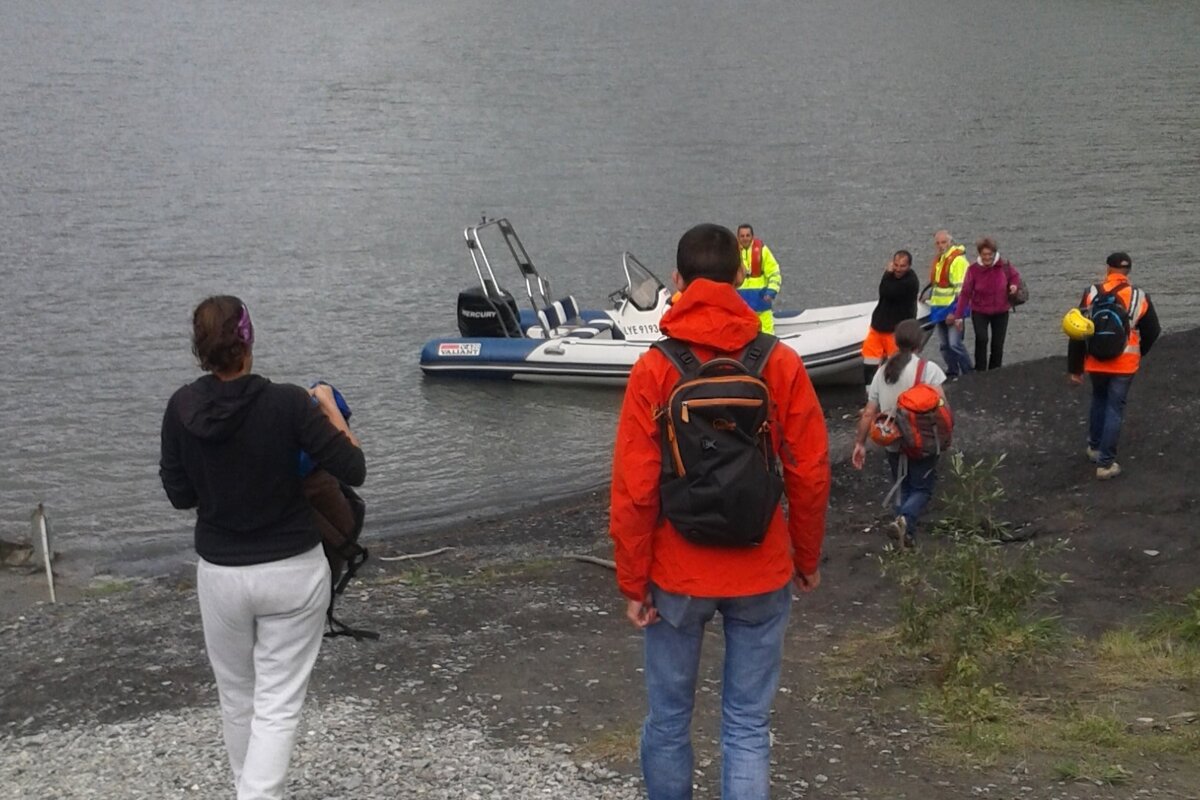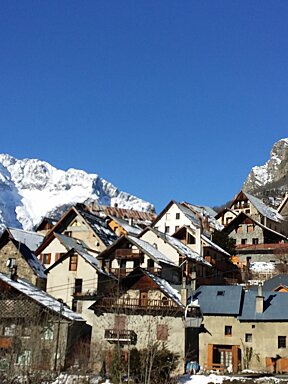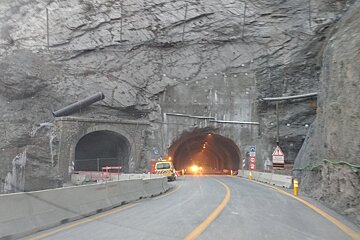
© Ian Huyton

© Ian Huyton
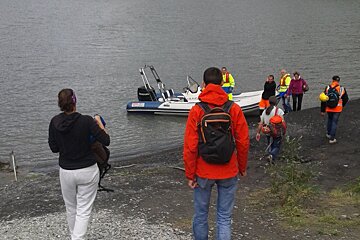
© Ian Huyton

© Ian Huyton

© Ian Huyton
Reopening of the Chambon Tunnel
Finally the road link is open again
After eighteen months of closure, the route between Grenoble and Briançon is now open via the newly reopened Chambon tunnel.
The tunnel was closed in April 2015 following significant movements of the rock through which it was bored. In effect, a section of the mountainside was sliding slowly into the Chambon lake below. Without the tunnel, the half hour drive from Les Deux Alpes to La Grave becomes a three-hour trek, so the reopening is an important event for the local area.
Since December 2015, a relief road has been open on the opposite side of the lake from the tunnel, but this is liable to close at short notice due to avalanche or rockfall risk, and is only suitable for light traffic. With the tunnel open to traffic again, cars and coaches can travel between the resorts and towns in Isère and Haute Alpes. This will make it easier to access Les Deux Alpes and Alpe d'Huez from Briançon, or La Grave and Serre Chevalier from Grenoble.
The work has taken as long as it did because a new section of tunnel was needed to bypass the unstable part of the mountainside. The new part of the tunnel branches off from the original tunnel and goes deeper into the mountain, emerging further down the road at the end of the next tunnel on the route – the Petit Tunnel du Chambon. The work is still not complete, and the tunnel will close again after the winter season to allow it to be finished. The road has a temporary surface, there is a 50km/h speed limit in place and vehicles over 3.5 tonnes are prohibited, apart from coaches.

Local Impact
When the tunnel was suddenly closed, local communities found their lives torn in two. Many people live on one side of the tunnel and work on the other, and schoolchildren in La Grave go to school in Bourg d’Oisans on the opposite side. The tunnel was shut without notice after sensors in the roof detected movement of the rock, meaning that some people were stranded with a three hour drive between them and their homes.
Immediately after the closure, the schoolchildren and workers would walk for forty minutes on mountain paths above the tunnel to bypass the closed section of road, with buses and lift sharing arrangements put in place to meet them at the other end. After a few weeks, a water shuttle service was set up, carrying people along the lake in small boats. At this point, the mountainside was moving up to a metre a day, making any attempt to stabilise the tunnel impossible. In the summer of 2015, geologists predicted that a large part of the mountain was about to slide into the lake, which would have stabilised the remaining mountainside. Fear of a tidal wave created by such a large landslide led to the suspension of the shuttle boats and the closure of lakeside footpaths. Crowds and TV crews gathered hoping to watch the grand spectacle of the mountain falling into the lake, but in the end the gradual slide continued without anything impressive happening. A helicopter shuttle replaced the boat service, but access to this was limited to those with a real need to travel.
Finally, the relief road was opened at the start of the 2015/16 winter season to allowing local workers to get to work and children to get to school again.
The Chambon Route
For centuries, the Romanche Valley and the Col du Lauteret have been used by travellers between Grenoble and Briançon. The route would have passed along the bottom of what is now Lake Chambon, and the bridge from the old road can still be seen when the water level is low enough. In 1936 the construction of the Chambon Dam, and the consequent flooding of the valley meant that a new route was needed. This project was one of the first major hydroelectric projects in France, and the dam remained the largest in Europe for twenty years after its completion. The new road was built on the north side of the new lake on steep rocky mountainsides. This was a major enterprise involving the creation of a number of tunnels. The diversion of the road, and the loss of several now-submerged villages, were considered necessary sacrifices for the production of over 100 megawatts of electricity.
Read more from Ian on his website.
